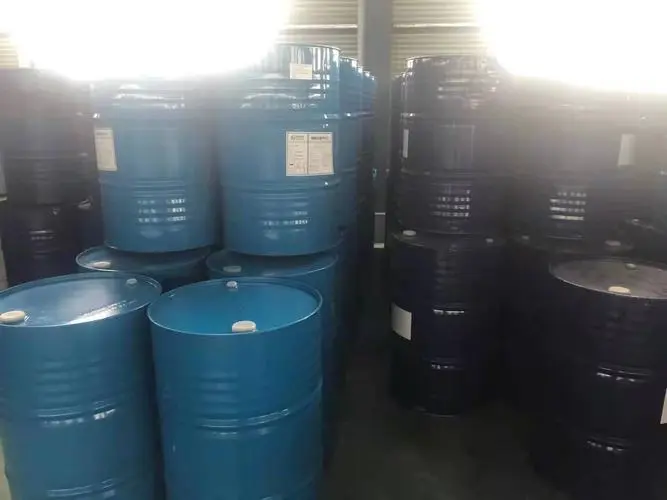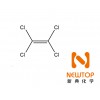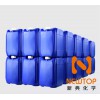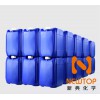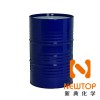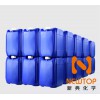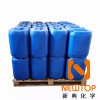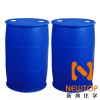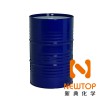Dechang acquires 1076 anti-oxidant emollient recovery price
Our company faces the country for a long period of time and recycles various overstocked chemical raw materials, chemical additives, dyes, pigments, resins, paints, inks, rubber, paraffin, flavors, curing agents, emulsifiers, polyvinyl alcohol printing paint colors. Pulp, polyether polyol, isocyanate, MDI, TDI, leather additives, plastic additives and raw materials, rubber additives and raw materials, coating additives and raw materials, electroplating additives and raw materials, daily chemical raw materials, thermoplastic elastomers, Masterbatch.
6. The reasons for the storage properties are similar to the above. once the strength of the dispersant is not enough, the storage properties will deteriorate. Of course, it is no problem from your picture. Ethylene-propylene rubber is a rubber with a lower density, with a density of 0.87. In addition, it can be filled with a large amount of oil and fillers, so that the cost of rubber products can make up for the high price of ethylene propylene rubber, and for ethylene propylene rubber with high Mooney value, the physical and mechanical properties after high filling are not wide. Big.
Recovery of copolyformaldehyde, paraformaldehyde, surfactants, sodium alginate, organic bentonite, petrolatum, sodium lauryl sulfate, cellulose, vanillin, menthol, urotropine, melamine, disodium EDTA, four Sodium, whey protein, lanolin, polyvinylpyrrolidone, myristic acid, sebacic acid, trimethylolpropane, powder, fumed white carbon black, oleic acid amide, erucic acid amide, polyacrylamide, acrylamide, Caprolactam, maleic anhydride, phthalic anhydride, hydroquinone, resorcinol, catechol, trimellitic anhydride, succinic anhydride, pentaerythritol, neopentyl glycol, polyethylene glycol, photoinitiator, methyl paraben Ester propyl butyl ester, decabromodiphenyl ethane
The PP modification technology doubles the mechanical properties of composite materials, greatly expands the application field of PP, improves the cost-effectiveness of products, promotes the engineering of PP, and expands the application of PP from general plastics to the field of engineering plastics, greatly expanding Its scope of application. In recent years, the research of PP modification technology has developed rapidly, and more and more new technologies are applied to PP modification. The comprehensive performance of PP is obvious, the application field is continuously expanding, and the development prospect is very broad. [12] Choose medium molecular weight or high molecular weight leveling agent. In the primer, assuming that stronger substrate properties are required, consider choosing silicone leveling agents and modified leveling agents (such as fluorine-modified leveling agents and ester-modified leveling agents) with significant surface tension. Assuming that silicone leveling agents and fluorine-modified leveling agents exhibit adverse effects such as foam stabilization and affecting interlayer adhesion, ester-modified leveling agents should be used. Recycling of sodium benzoate, thiourea, hot melt adhesive, guar gum, xanthan gum, carrageenan, pectin, malic acid, bisphenol A, caustic soda, flat O, styrene acrylic emulsion, acrylic emulsion, tannic acid, H acid, coconut oil, lauric acid soap, lauric acid, fumaric acid, salicylic acid, tartaric acid, mannitol, citric acid, xylitol, stearyl alcohol, fatty alcohol, adipic acid, stearic acid, fatty acid , Oxalic acid, boric acid, Tween Span, leveling agent, defoaming agent, dispersing wetting agent, etc. Door-to-door cash transaction, unlimited quantity, intermediary paid, welcome friends from all walks of life to call
For synthetic fibers, a durable flame retardant that is still effective, polyester used tris 2,3-dibromopropane, which is effective in flame retardancy, but it was banned in 1977 because of its toxicity. Now using tetra-base phosphorus chloride compounds, sulfides or base compounds and resins, durability. There are also flame retardants added before the spinning of synthetic fibers, but they have a certain impact on fiber properties and performance. Currently, new polybrominated compounds are being used as flame retardants for synthetic fibers.
The company recycles thousands of chemical products. Our company promises to recycle them quickly, at a reasonable price, and with professional, safe and environmentally friendly methods. Welcome your calls and sincerely look forward to cooperating with you!

